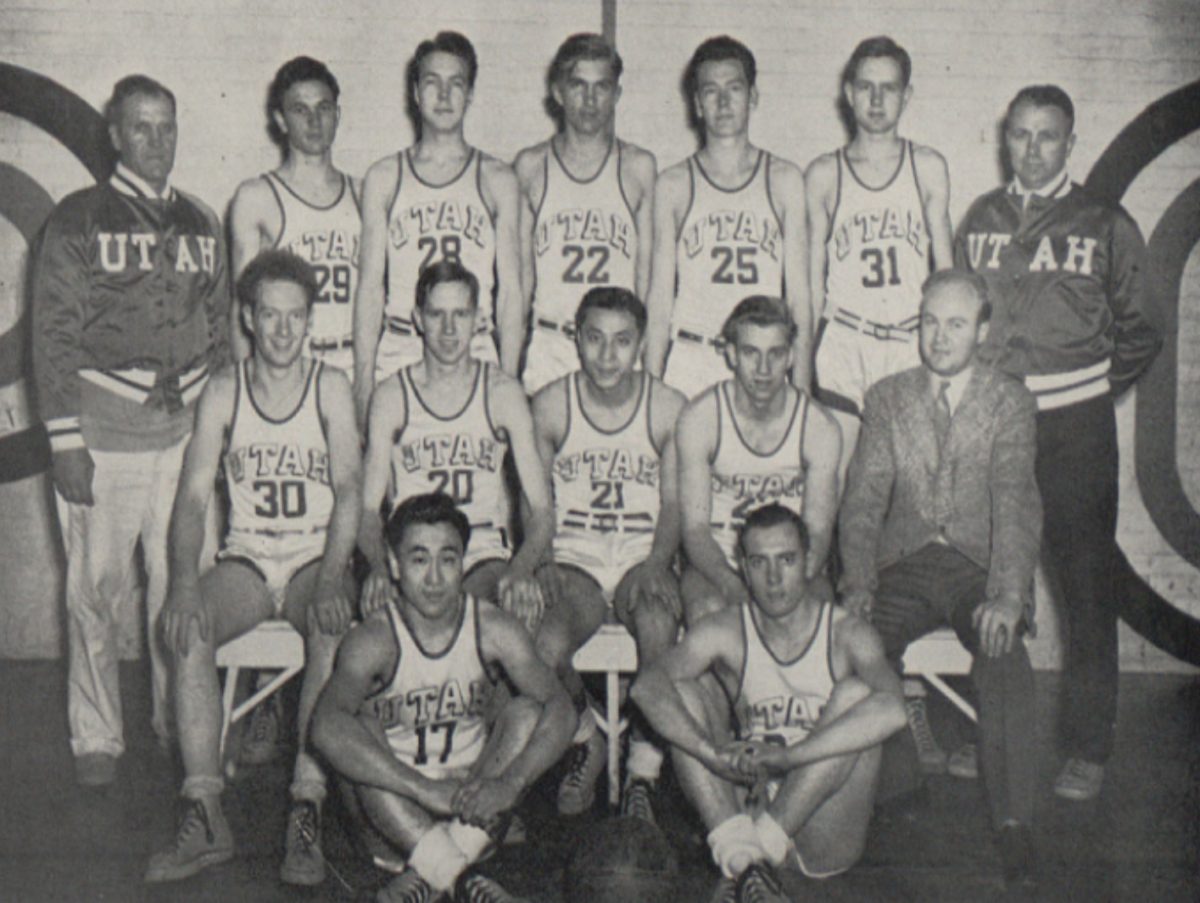The Cost of College: Student Loans in an Evolving Economy
(Graphic by Jose Alex Garcia | The Daily Utah Chronicle)
August 29, 2021
Student loans have recently sparked controversy in Congress and across the nation as Democrats push for the cancellation of student loan debt up to $50,000, while Republicans oppose said cancellation.
Top Democrats in Congress have claimed it would close the wage gap between racial groups. On Feb. 17, Senate Majority Leader Chuck Schumer tweeted “It would help close the racial wealth gap, and give a big boost to families and our economy.” Democrats claim President Joe Biden has executive authority to cancel student debt without the approval of Congress.“This is something the President can do, and Leader Schumer and I are pushing hard to try to get it done,” Senator Elizabeth Warren told the Washington Post.
Republicans oppose Democrats, claiming the cancellation of student debt is a poorly targeted movement. They claim those who hold most of the student loan debt in the United States are professionals, thus furthering any existing wage gap. They also claim only a small fraction of the population of adults in the U.S. hold student loan debt while many others have already paid off their debts and/or could not afford or attend college. This raises the question for those who have either paid off student debt or never had debt if they will also receive a payment from the federal government.
“Rather than jumping straight to student debt forgiveness, which creates a moral hazard for current and future student borrowers and is poorly targeted, Congress and the administration should do a better job of informing borrowers about what options exist to make affordable payments, while simplifying options to remove confusion,” wrote Sen. Bill Cassidy in an op-ed for Fox News.
When asked if students were aware of the financial aid opportunities available to them apart from student loans, Elizabeth Adkinson, a financial aid counselor at the University of Utah, said she has noticed lower-income populations are not aware of scholarships and financial aid available to them. “It is a huge challenge to get the word out to those who are in desperate need, but we do our part to get the information out there,” Adkinson said.
Many options exist for students when looking for financial aid. First and foremost, a student can fill out the Free Application for Federal Student Aid, or FAFSA. This application provided by the federal government will determine a student’s eligibility for federal student aid in the form of loans, grants, work-study and/or scholarships. Aid provided through FAFSA is based mainly on the financial needs of the student, as well as the cost of attendance at the university.
The U’s financial aid office offers information about alternative student loans on its website. These loans are privately funded and can be offered by banks, credit unions and other lending institutions to meet the funding needs of students. According to their website, “We encourage students to borrow these loans only as a last resort after completing the FAFSA and exhausting all sources of federal financial aid (Pell Grant, Stafford Loan, etc). The University of Utah does not endorse any lenders, and you may choose whichever lender you wish.”
Some of the U’s financial aid options must be paid back, such as loans, while others are considered an award, like grants and scholarships. The U also provides students with many options for financial aid, such as merit-based scholarships.
For prospective students and incoming freshmen, the U provides a checklist outlining each option available to students when considering financial aid. “We do have to go out into the community regularly to all high schools to do some outreach presentations and FAFSA nights,” Adkinson said.
Furthermore, the financial aid office at the U does do community outreach through local Utah high schools. “We need to reach out to them in ways that they can get the information,” Adkinson said.
Scholarships also exist outside of what is offered at the U. “I spent a whole summer applying for scholarships online and most of them were nationally based,” said Natalie Smith, a local Utah resident. “Because they were at a national level, it was almost impossible to get those scholarships because of the competition among all the applicants.”
Companies such as UPS, Chipotle and Home Depot offer employees tuition incentive programs when working for the company. Smith said it was easier to obtain scholarships given by companies and organizations in the local community. “There are so many scholarships out there, you just have to be willing to look for them,” Smith said.









